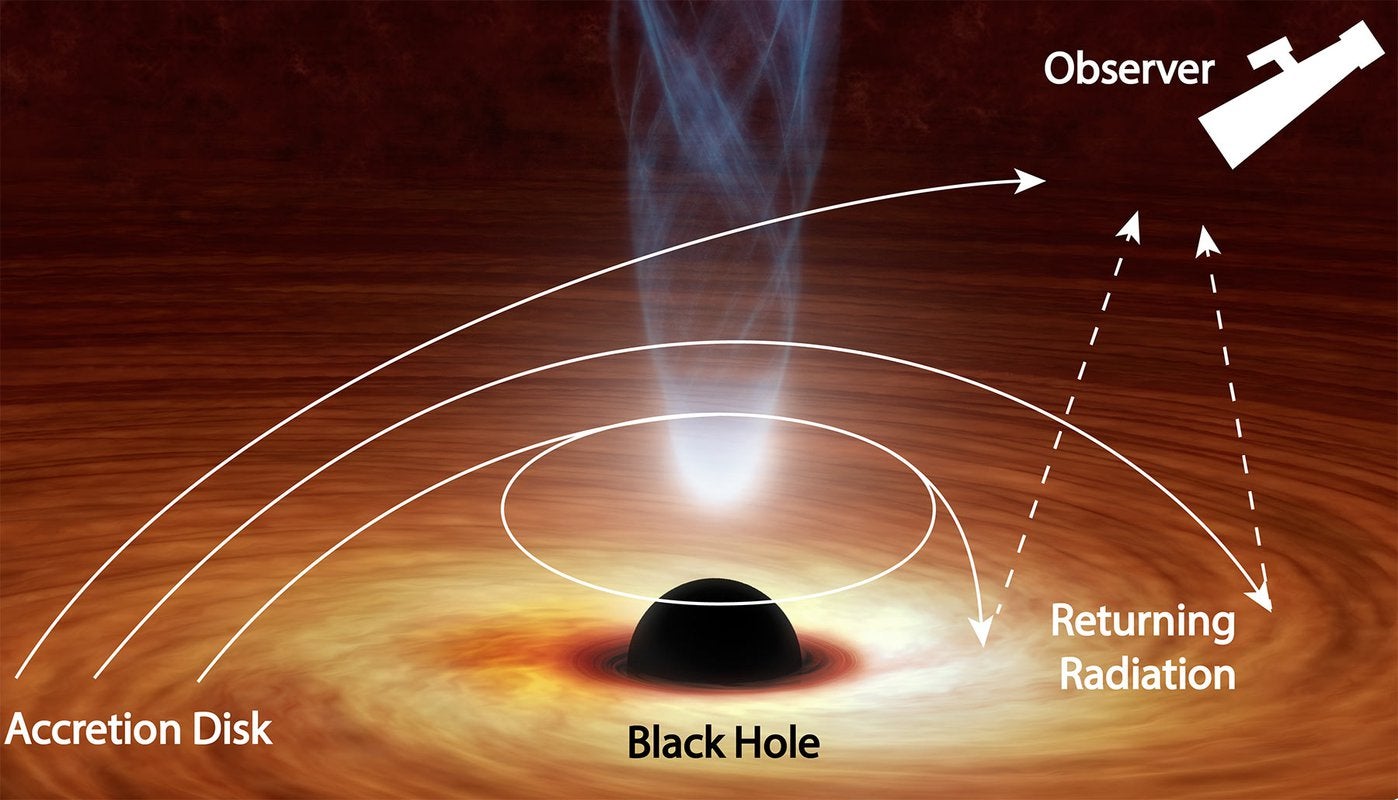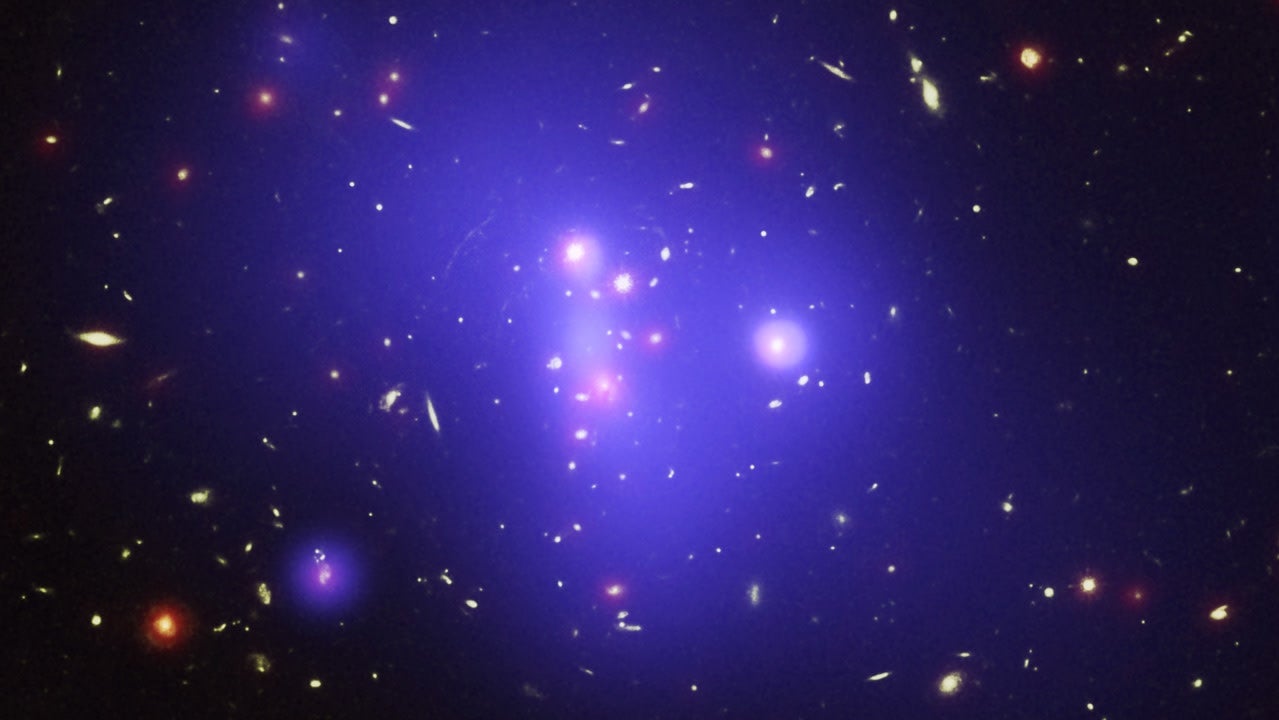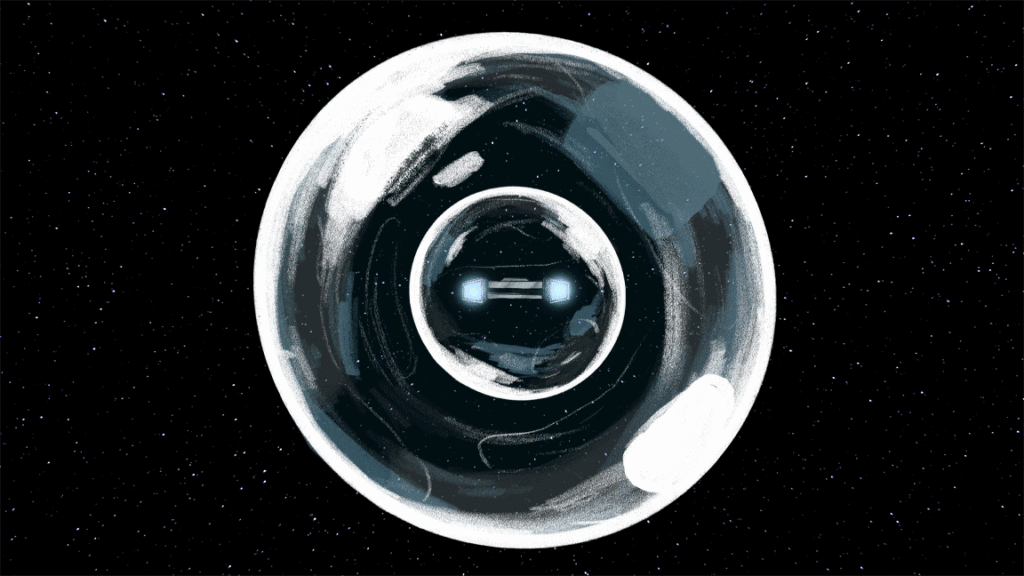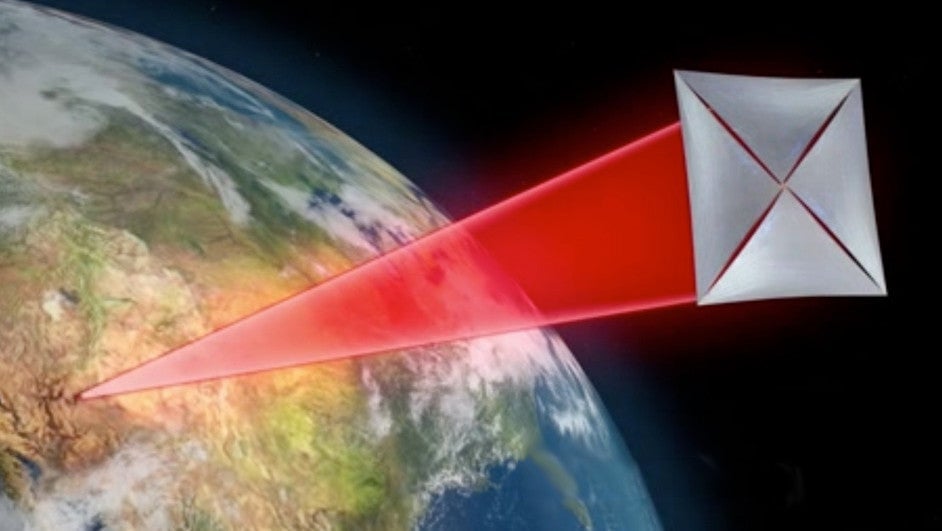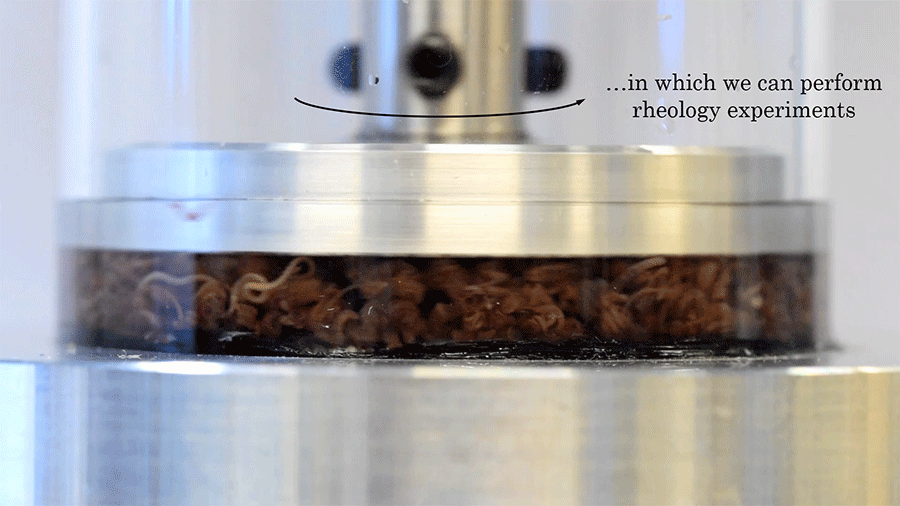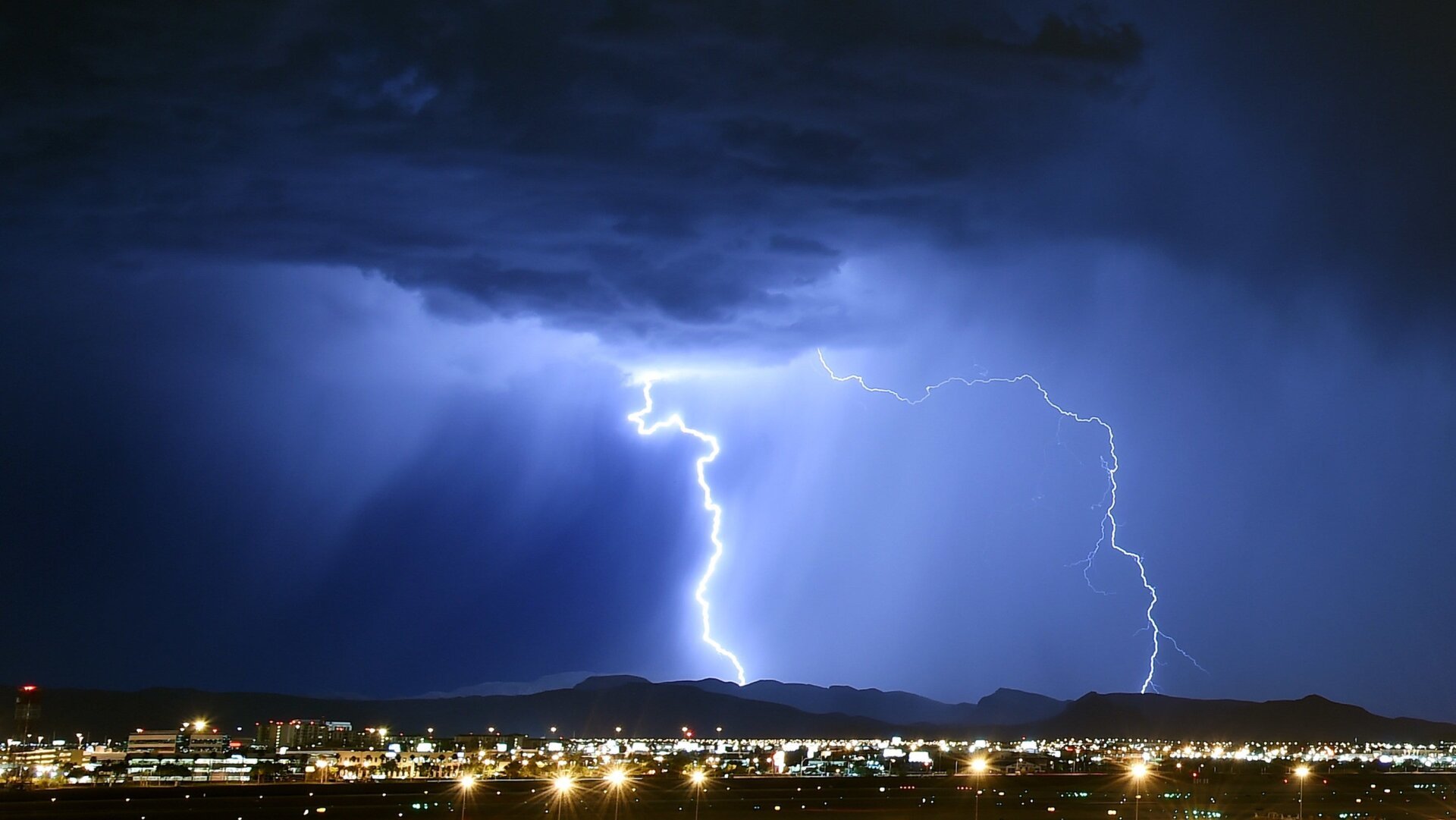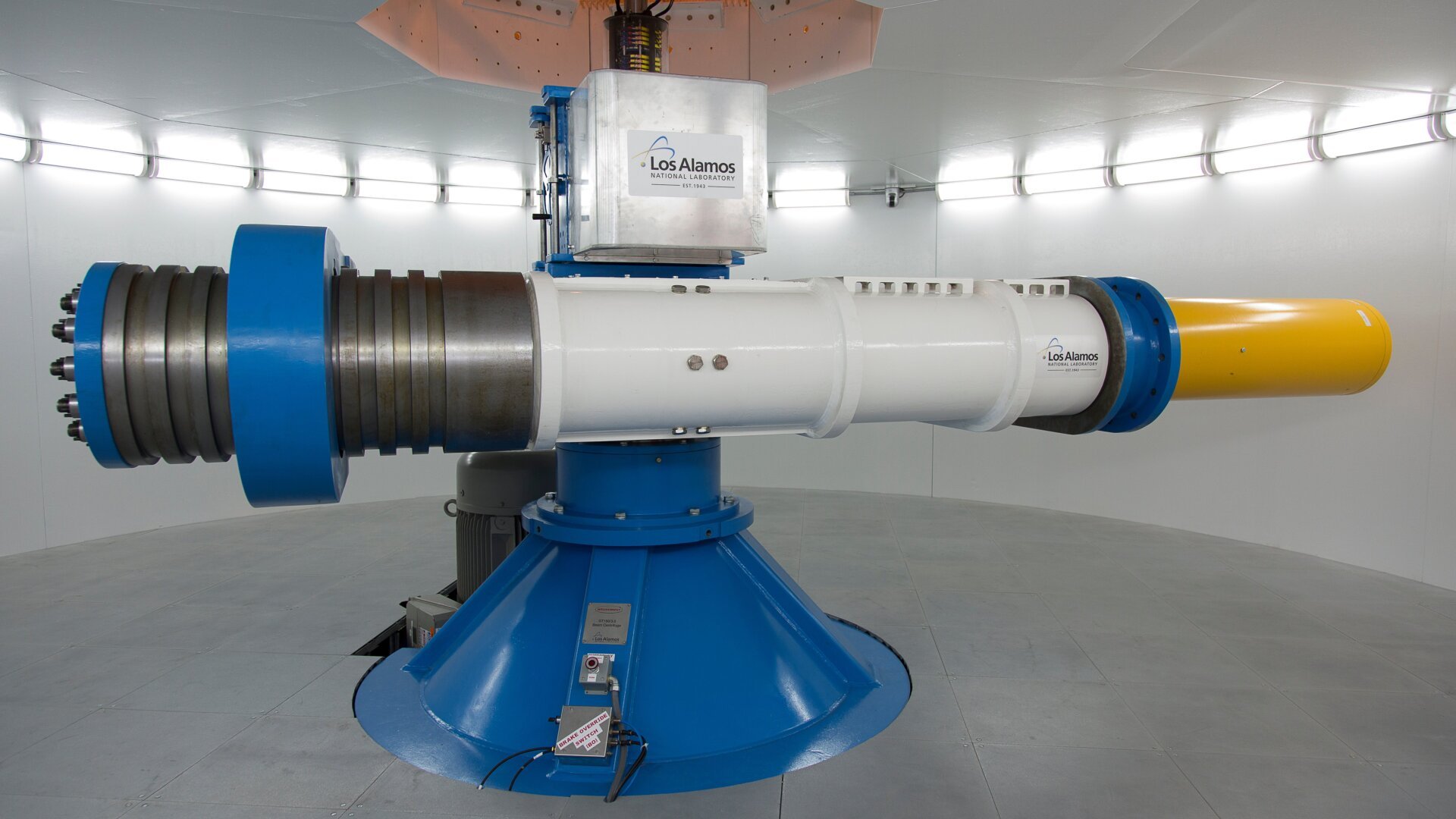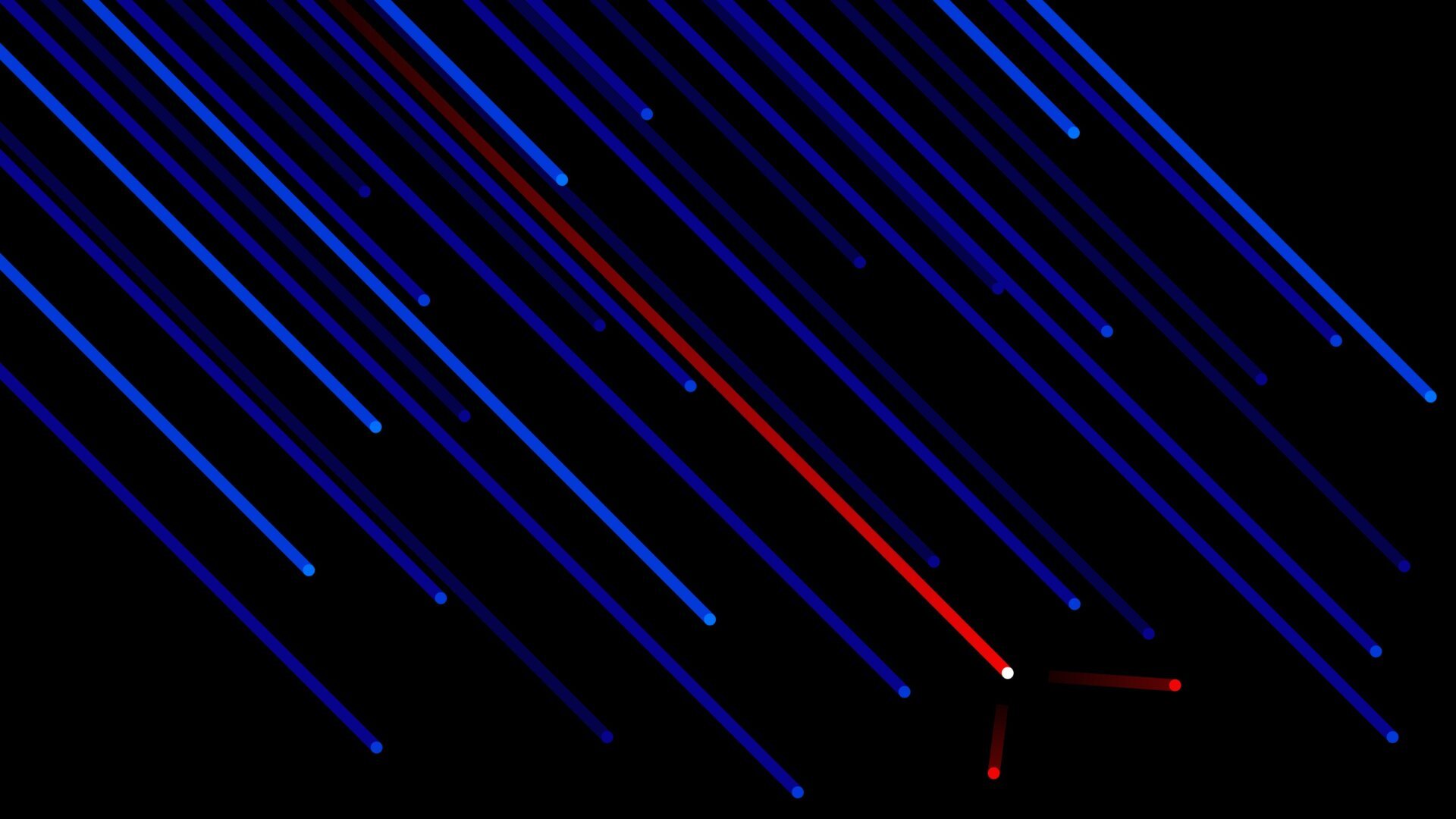Black holes, known for their immense gravity, warp the fabric of spacetime, trapping even light beyond their event horizon. While we’ve long known that black holes can alter the path of light, a new study presents the first observational evidence of a black hole’s gravity bending light emitted from its surrounding accretion disk back towards itself.
This groundbreaking research, led by Riley Connors at CalTech, focuses on the binary black hole system XTE J1550-564, located approximately 14,350 light-years away. This black hole, with a mass roughly nine times that of our Sun, was initially discovered in 1998 by the Rossi X-ray Timing Explorer (RXTE) and has exhibited several bright outbursts since then.
Rather than relying on new observations, the team meticulously recreated previously recorded data from the RXTE, employing sophisticated models to analyze the X-ray spectra emitted during the black hole’s outbursts. Their focus narrowed in on the X-ray light absorbed by iron atoms within the accretion disk – the swirling mass of gas and dust that surrounds the black hole. The researchers discovered subtle characteristics within the light’s properties, indicative of photons emitted from the disk being bent back by the black hole’s intense gravitational field. These photons are subsequently re-absorbed and re-emitted by the disk, creating the unique signature observed by the RXTE.
Modeling this phenomenon presents a significant challenge. As study author Victoria Grinberg from the University of Tübingen explained, the team must not only grapple with the complex physics of the accretion disk, incorporating both atomic physics and general relativity, but also thoroughly understand the nuances of the RXTE telescope itself.
This research represents a crucial initial step. While acknowledging the inherent limitations of any scientific model, the team emphasizes the usefulness of their approach in providing insights into this complex phenomenon. They are actively working to refine their model, incorporating greater detail and nuance. A key next step is identifying more objects like XTE J1550-564 to further test and validate their findings.
The implications of this study are profound. If the model continues to hold up under further scrutiny, it provides compelling observational evidence for a phenomenon predicted by Einstein’s theory of general relativity: the bending of light by the extreme gravity of a black hole. This would be a remarkable confirmation of our understanding of the universe’s most extreme environments.



